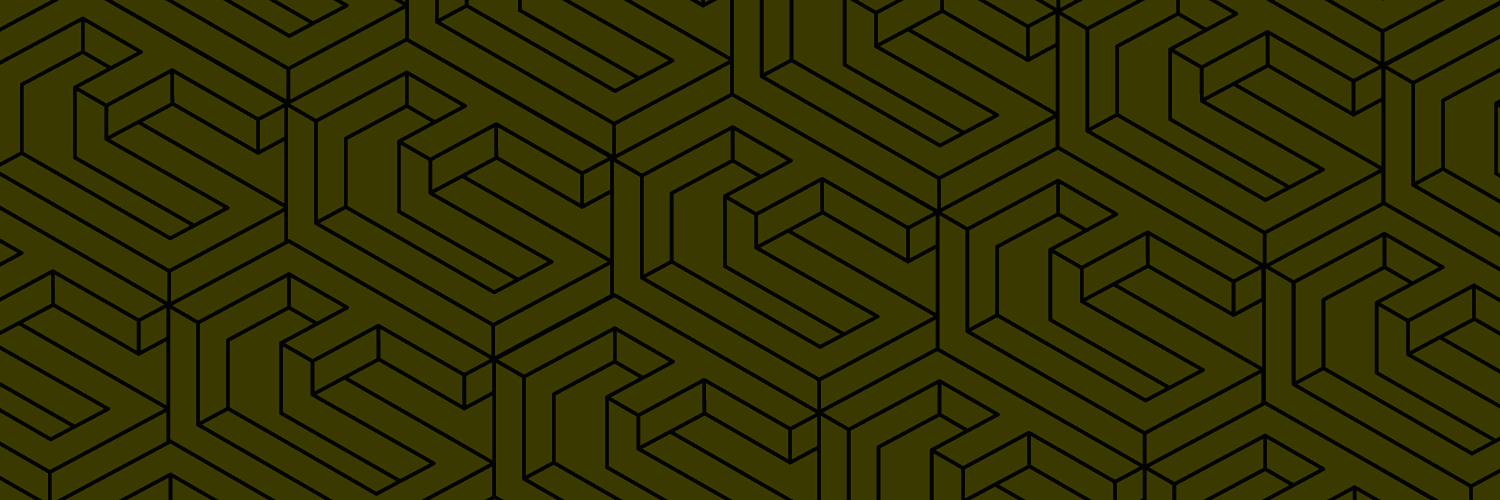In this tutorial, we'll create a decentralized to-do list application (dApp) using NextJS for the front-end, Solidity for smart contracts, Web3.js for interacting with the blockchain, and Alchemy for connecting to Ethereum. We will also use Sepolia, an Ethereum testnet, to deploy and test our application without using real

